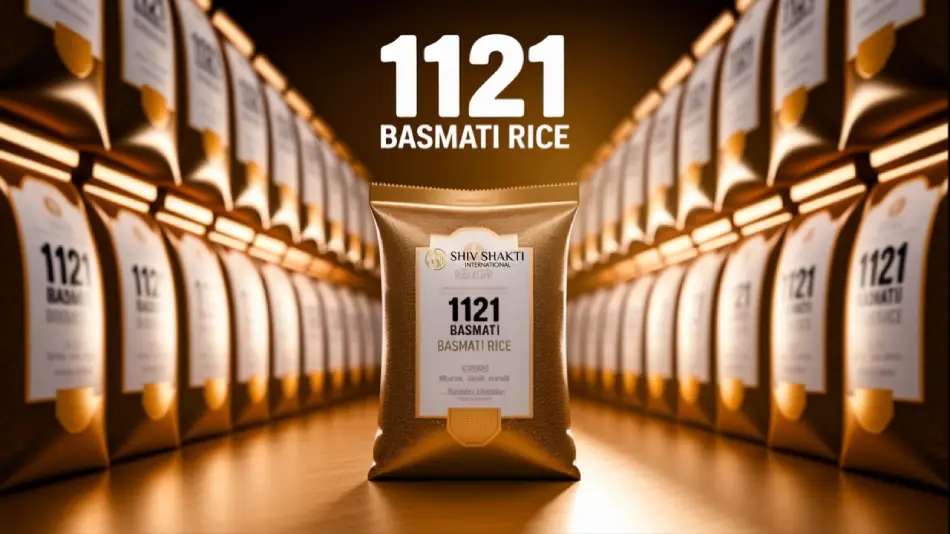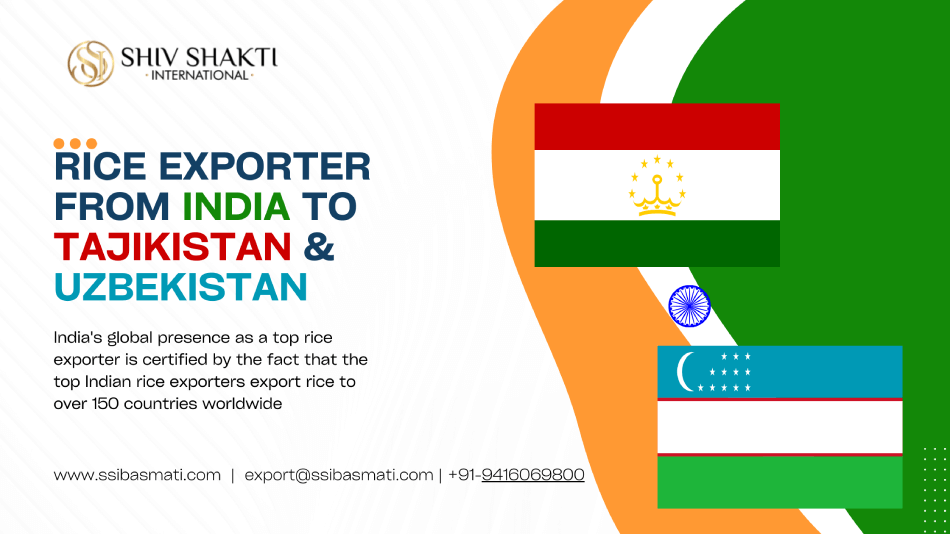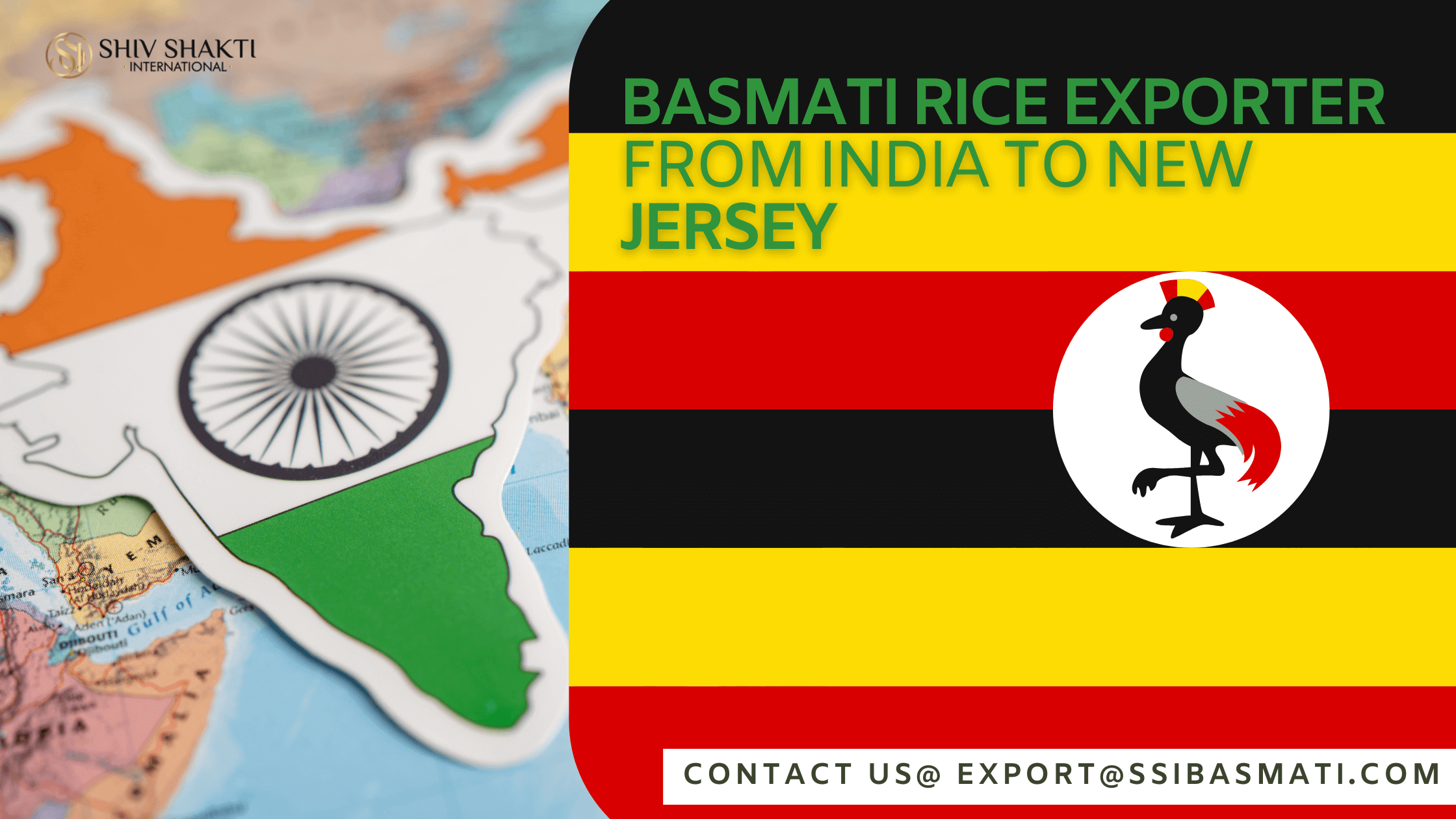
Basmati is a premium and best variety of long grain rice, grown in India. Basmati rice is known for king of the kitchen. This rice variety is famous all over the world for its aroma, fragrance, authentic flavor, and outstanding taste.
India is considered the world's largest cultivator and exporter of Basmati Rice. Basmati Rice is primarily grown through paddy field farming in the most fertile fields in Haryana, Punjab and other states of North India. Basmati grains are long-grained rice; and post-cooking each grain elongates at least twice its original size.
Basmati rice is of two types: white basmati rice and brown rice, both have different nutritional values. Basmati rice suppliers in India supplies various categories of rice, each category of rice hold the special value. In their rice manufacturing process, they use traditional as well as modern methods. That is why their obtained rice is pure and having less debris.
The process followed by the basmati rice exporters in India will help you to understand in the right way of Basmati Rice manufacturing process.
Let us have a look:
Rice harvesting
In the initial stage, harvesting is done by hands or a machine depends on the size of the operation and the amount of mechanization. However, traditional harvesting activities such as field drying and stacking/piling are not recommended as they can deteriorate the rice quality and increased harvest losses. Harvesting rice includes the basic operations which can be done either in individual steps or in combination by using a combine harvester. These include:
- Reaping
- Threshing
- cleaning
- Hauling
- Field drying
- Stacking
- Bagging
Drying
Once the rice is harvested, the product has to be dried in order to reduce the moisture content to the 18%-22% range. This can be done in a variety of ways as well. It can occur naturally by drying in the sun or it could also artificially heat.
Drying process includes:
- Moisture removal
- Monitor drying periods such as pre-heating, constant rate, the falling rate
- Increasing drying rate at 18% MC
- Uniform drying
- Tempering
Hulling
After this, the rice is then hulled which is the process of removing the hull from the rice. It depends on the region of the world that the rice is being produced; it is either hulled by an automated machine that grinds the rice or by hand. When done by hand, the rice is ground between two stones to remove the hull. Once the rice is hulled, it is known as brown rice.
Milling
In order to produce white rice, one additional step has to be taken. The rice product has to be further milled in order to produce white rice. The bran layers on the outside of the rice are gently removed to reveal the inner, white grain.
As per Basmati rice suppliers in India, rice milling systems can be a simple one or two-step process, or a multi-stage process.
- One step milling - In this step, husk and bran removal are done in one pass
- Two-step process - In this step, removing the husk and removing bran are done separately
- Multistage milling - rice undergoes a number of different processing steps, such as:
- Pre-cleaning
- Dehusking or dehulling
- Paddy separation
- Whitening or polishing
- Grading and separation of white rice
- Mixing
- Mist polishing
- Weighing of rice
Enriching
In the milling process, produces white rice removes much of the vitamins and minerals which are found primarily in the outer bran layers. Basmati Rice Exporters in India replenished the rice with some important nutrients and vitamins to make it more suitable for consumption.
Bottom Line
Ultimately, Rice cultivation is a not easy process; it needs special attention. Provided the quality of paddy received at the rice mill is good, the best quality milled rice will be attained from a mill if a number series are followed. If you are looking for quality rice, Basmati Rice suppliers in India will be the best choice as they provide the best rice varieties which are processed under the vigilance of rice exports.






